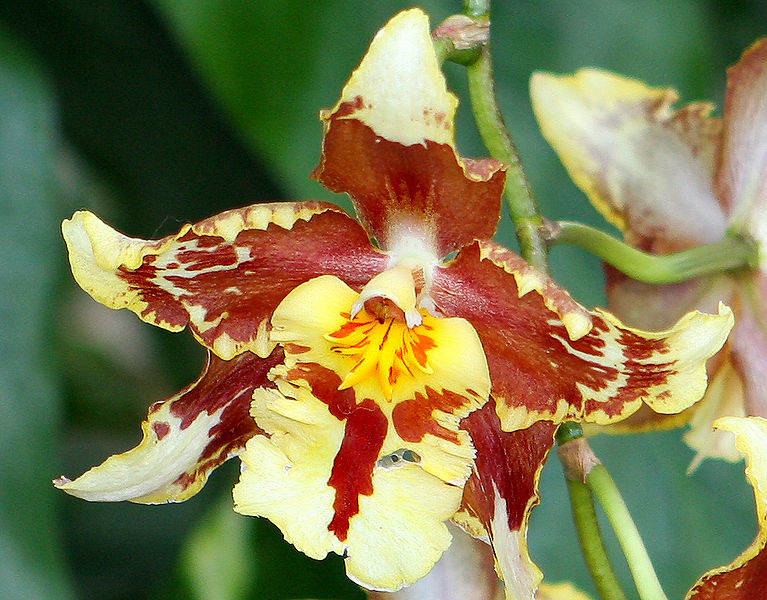Plant Life Cycle

Among all living organisms, flowers, which are the reproductive structures of angiosperms, are the most varied physically and show the greatest diversity in methods of reproduction of all biological systems.
Alkaloids
Alkaloids are classified according to the amino acid that provides both the nitrogen atom and the fundamental portion of the alkaloid skeleton, and these are discussed in turn.
Migration of Germ Cells
In vertebrates, the actual tissue from which gonads arise appears in early development as a pair of genital ridges, growing into the coelom from the dorsal coelomic lining on each side of the hind-gut near the anterior end of the kidney (mesonephros).
Trees

A tree is a perennial woody plant. It is most often defined as a woody plant that has many secondary branches supported clear of the ground on a single main stem or trunk with clear apical dominance.
Cultures of Microorganisms
Microorganisms isolated from different sources (soil, water and air) or genetic manipulation are cultured on growth media.
Animal Biotechnology
The most important areas of today's research which have potential economic value and prospects of commercialization are the cell and tissue culture based production of vaccines, monoclonal antibodies, pharmaceutical drugs, cancer research, genetic manipul
Evolution of Nervous Systems
Bilateral nervous systems, the simplest of which occur in flatworms, represent a distinct increase in complexity over the nerve net of radiate animals.
Insect Armor
Most insects? tough exoskeletons protect their bodies from predators and from drying out. however, some insects?including young insects, such as caterpillars - have soft bodies. they benefit by adding an extra layer of protective armor.
Types of Mutations
Mutations are heritable changes in the genetic material that give rise to alternative forms of any gene. These alternate forms are called alleles. There are two broad types of mutations, those that affect the gene and those that affect whole chromosomes (
Coenzymes
Coenzymes are small organic molecules that function with thousands of different enzymes in all organisms, assisting in the catalytic processes needed for life. They often contain vitamins as components.
Column Chromatography
Column chromatography is one of many forms of chromatography. Others include paper, thin-layer, gas, and HPLC. Most forms of chromatography use a 2-phase system to separate substances on the basis of some physical-chemical property.
Terrestrial Environments Biomes
A biome is a major biotic unit bearing a characteristic and easily recognized array of plant life. Botanists long ago recognized that the terrestrial environment of the earth could be divided into large units having a distinctive vegetation, such as fores
Protein Synthesis
Protiens are polymers of amino acids joined by peptide bonds (proteins are therefore also known as polypeptides). The number and order of the amino acids contained in a particular protein are prescribed by the DNA sequence of that protein?s gene.
Recombinant DNA Technology
Discoveries in molecular biology have allowed scientists to duplicate natural genetic transfer phenomena in the laboratory and to develop methods to introduce almost any type of genetic information into an organism.
Macronutrients - Nitrogen
Discovery of the essentiality of nitrogen is often credited to de Saussure (1-3), who in 1804 recognized that nitrogen was a vital constituent of plants, and that nitrogen was obtained mainly from the soil.
Chlorobacteria
The Chloroflexi (Chlorobacteria) are a class of bacteria that produce energy through photosynthesis. They make up the bulk of the filamentous anoxygenic phototrophs




